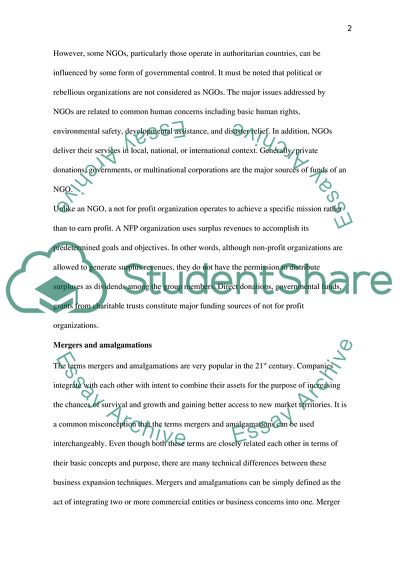Cite this document
(Mergers and Amalgamations in NFP Organizations Research Paper - 1, n.d.)
Mergers and Amalgamations in NFP Organizations Research Paper - 1. Retrieved from https://studentshare.org/social-science/1783717-topic-about-non-pofit-and-non-governmental-organizations
Mergers and Amalgamations in NFP Organizations Research Paper - 1. Retrieved from https://studentshare.org/social-science/1783717-topic-about-non-pofit-and-non-governmental-organizations
(Mergers and Amalgamations in NFP Organizations Research Paper - 1)
Mergers and Amalgamations in NFP Organizations Research Paper - 1. https://studentshare.org/social-science/1783717-topic-about-non-pofit-and-non-governmental-organizations.
Mergers and Amalgamations in NFP Organizations Research Paper - 1. https://studentshare.org/social-science/1783717-topic-about-non-pofit-and-non-governmental-organizations.
“Mergers and Amalgamations in NFP Organizations Research Paper - 1”, n.d. https://studentshare.org/social-science/1783717-topic-about-non-pofit-and-non-governmental-organizations.


